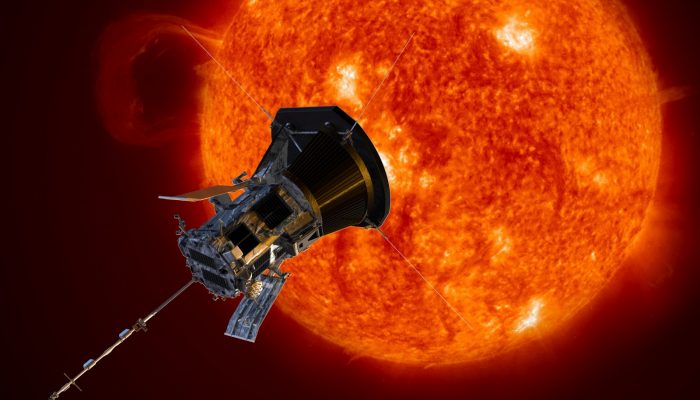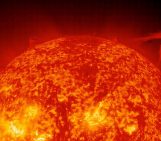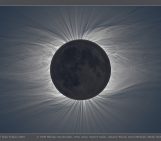
Almost two months ago, in August 12, 2018 Parker Solar Probe (PSP) launched by NASA on a Delta IV Heavy rocket from Cape Canaveral, Florida. This is a long-awaited mission from the Heliospheric community. The first to explore the Sun within distances of ~0.167 AU (or 25 million kilometers) at its perihelia. Its ancestors were the successful Helios -A and -B spacecraft, a pair of probes launched into heliocentric orbit for the purpose of studying solar processes, that orbited our star as close as 0.29 AU (or 43.432 million kilometers). However, PSP is a truly historic mission since it will scan – for the first time – the actual atmosphere of the Sun, the corona. In turn, this will unavoidably broaden the horizons of the solar and heliospheric community, for the simple reason that we will go where we have never been before: to our home star. Thereby, all studies and concepts; all debates and different points of view will be validated and cross-compared giving ground to new knowledge !

The United Launch Alliance Delta IV Heavy rocket launches NASA’s Parker Solar Probe to touch the Sun, Sunday, Aug. 12, 2018 from Launch Complex 37 at Cape Canaveral Air Force Station, Florida.
Credit: NASA / Bill Ingalls
NASA named this mission after Eugene Parker, in order to honor his radical and at the same time fundamental contributions that revolutionized our understanding of how the Sun’s emissions affect our solar system through the solar wind.
The PSP mission exhibits a unique orbit. It utilizes the gravitational assist from Venus flyby for 7 times within a six-years duration (2025), leading to 24 perihelia. Each pass leads to a gradual “walking in” toward the Sun. The first flyby from Venus took place earlier this month (October 03, 2018) and the first perihelion will take place in less than two weeks time (November 06, 2018) making the Heliophysics community being in alertness, tuning in for the first ever close-up of the Sun’s surface !
Last month, in early September, each of PSP’s instrument suites powered on and returned their first observations on the spacecraft’s journey to the Sun. Although the data are not representative examples of the key science observations that shall be delivered by PSP, once the spacecraft is closer to the Sun, they demonstrated that all instruments are working well and that everything is properly set for the first rendezvous with our star !

The right side of this image — from WISPR’s inner telescope shows Jupiter in the distance (the bright object on the right). The left side of the image is from WISPR’s outer telescope that captured the Milky Way. Credit: NASA/Naval Research Laboratory/Parker Solar Probe
Following PSP, ESA is scheduling the launch of Solar Orbiter (SolO), currently foreseen for 2020. SolO will use gravity assists from Venus and Earth in order to get into a 168-day-long orbit around the Sun. SolO will get, up until a distance of 0.28 AU from the Sun, every five months. In the course of the mission, additional Venus gravity assist manoeuvres will be used to increase the inclination of SolO’s orbit, helping scientists to view for the first time the polar regions of the Sun clearly from an angle higher than 30 degrees. Thereby, the coordinated science objectives and the conjunction periods of SolO with PSP promote them to natural alleys working on the exploration of the Sun.
It seems that we are living in a golden age for the Heliospheric physics !



